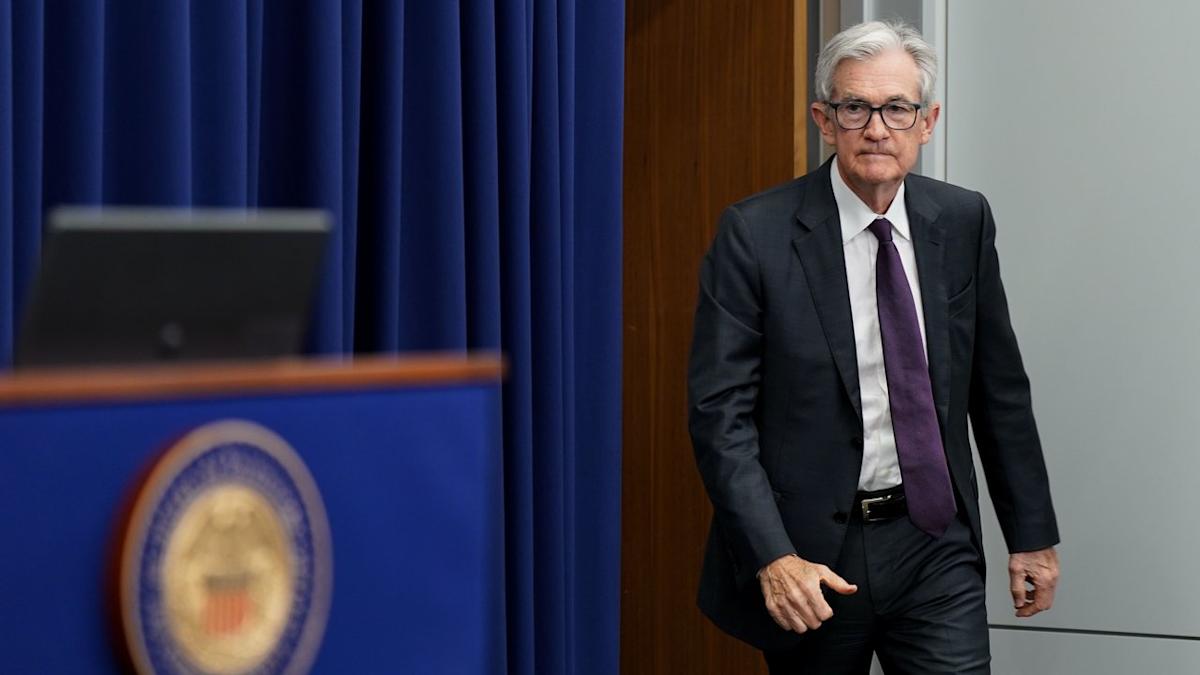If the Fed cuts rates in September, here’s what’s next
The Federal Reserve meets this week with two unignorable facts dictating its next move: inflation sped up in August and the labor market just got marked down in a big, big way . That combination of rising prices and slowing job growth is associated with “stagflation,” a set of economic conditions that are notoriously tough for central banks to navigate.
The dilemma? Cut rates too fast, and you could see inflation increase. Cut them too slow, and your labor market could grow even weaker. It’s an economic rock and a hard place.
But stagflationary conditions are hardly the only factor the Fed must consider. Since January, when he took office for his second term, President Donald Trump’s renewed trade wars and series of on-again, off-again tariffs affecting major trading partners have injected fresh unpredictability into the global economy. Their varying implementation dates, fluctuating levels, and the scarcity of firm details available, even as regards major deals, have made it even more difficult to understand when their effects will strike.
Throughout the year, the Fed has proceeded with caution, waiting to see what the inflationary effects of those policies may be. But now, with economic conditions worsening, the vast majority of Fed watchers expect a small rate cut will be announced this Wednesday—and believe the biggest question is the pace of cuts across the next few meetings.
Clues may come from a particular Fed release expected this Wednesday: The updated Summary of Economic Projections and “dot plot,” a quarterly chart that shows each official’s rate path.
In June, the median dot pointed to two cuts in 2025.
Since then, of course, the economic picture has grown even messier . Headline CPI rose 0.4% month over month and 2.9% year-over-year in August, with core up 0.3% on the month and 3.1% on the year. At the same time, the job market took a turn for the worse, with August payrolls increasing by just 22,000, the unemployment rate ticking up to 4.3%, and the Bureau of Labor Statistics’ annual benchmark revision subtracting nearly one million jobs from the year through March. That mix — higher prices, weaker hiring — argues for slower cuts, not faster.
That’s a way of saying that this week’s dot plot may find Fed officials in even more cautious mood than usual, which could mean a single cut in the remainder of 2025, or two cuts rather than three.
Wall Street appears divided on the pace from here. Prediction markets point toward widespread belief in additional reductions across October and December , while others warn policy should remain restrictive as long as core inflation hovers near 3%.



Leave a Comment
Your email address will not be published. Required fields are marked *